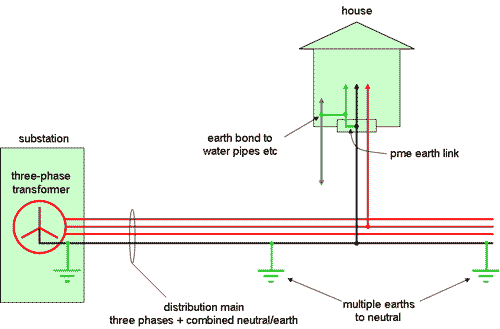Some outline responses
I was hoping for a one for one replacement of the existing switches with an RCD switches to make it an easy job...
per the above, there is no such thing for your ancient board. If you need RCD protection then either replace the CU for an RCD one, or add RCD(s) externally to circuit(s).
I am still not sure how one would know, without an RCD, that an appliance/anything somewhere in the house does not have a neutral to earth fault?
An RCD is NOT a fault-finding device. It is there to provide protection SHOULD an earth fault occur.
If you are concerned about the possibility of an earth fault on your wiring, then you need an electrician with an INSULATION RESISTANCE tester. That can identify if a problem exists in teh wiring.
If such a fault exists undetected on a old installation like mine, then would having multiple earth points be better than having just the one ? Do I already have some kind of earthing indirectly due to underground water pipes? I know it says that it's meant to be floating, but if it is buried underground how can it be?
existing water and gas pipes are no longer used as the main method of earthing. Earthing is provided (in your case) by the electricity supplier. The Multiple Earth term relates to how the supply is provided to your property. In a PME (TNC-S) supply, the earth and neutral are combined and the earth/neutral is tied to earth at several points on the cable route from the substation to your house.
More about this at
https://www.tlc-direct.co.uk/Book/5.6.1.htm
The comment about an RCD bypass is because I have seen installations (admittedly another country), old and new, having such a bypass switch next to the RCD on the consumer unit. Maybe it is some kind of regulation and they are obliged to offer it?
Maybe Johnny Foreigner might like to do this (where the average maximum age is below 40) but not here, where we know what we are doing.
So, get your stuff tested, if you are concerned about the age of your installation, and/or what is connected to it.
Ask a competent electrician to carry out an
EICR. He'll probably recommend you update your consumer unit.



